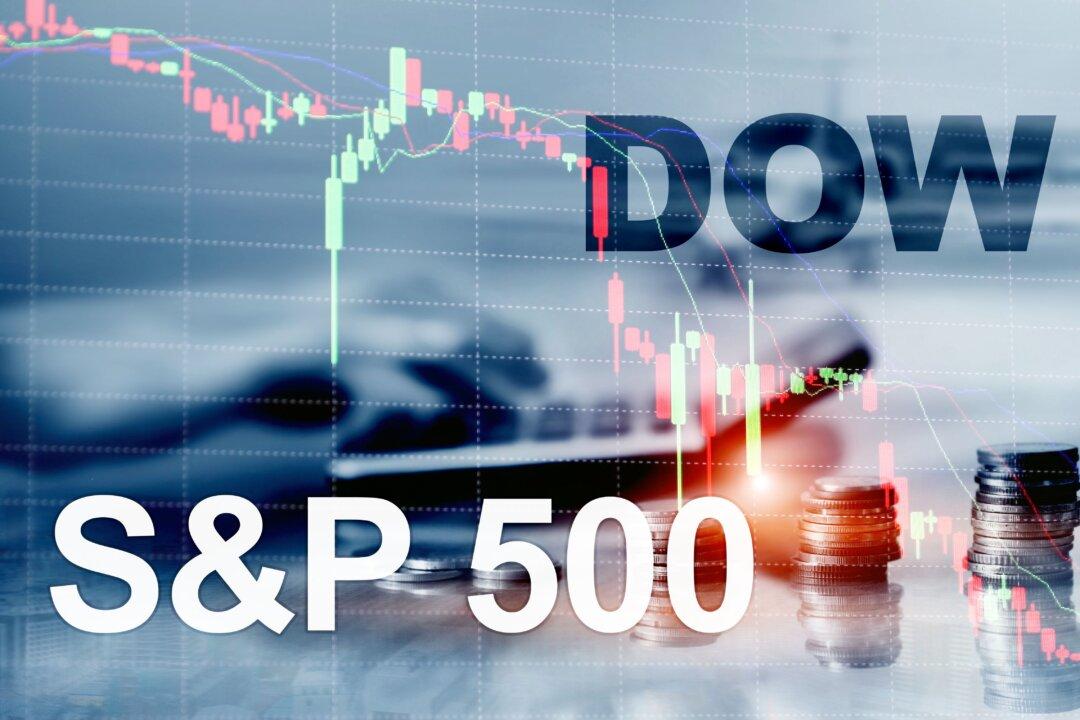By Ella Vincent
From Kiplinger’s Personal Finance
The run on Silicon Valley Bank and the cascade of bank troubles in March spooked depositors, who withdrew billions of dollars from bank accounts. Much of their money ended up in money market mutual funds. Investments in money funds skyrocketed by about $67 billion during the first three weeks of March, according to the Investment Company Institute.






